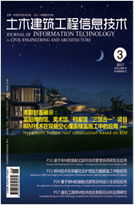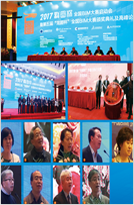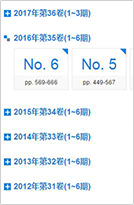Abstract:
Accompany with China's economic dramatic growth, construction industry of china has experienced huge leverage. Chinese construction enterprise, one of the main participants in the industry, has also received a golden chance of development and expansion. There are more and more enterprises have gone out of the national boundary to pursue further growth and prosperity in the international market. In order to help their expansion in the international market more efficiently, an evaluation framework of construction enterprise's international performance was formulated on the basis of Balance Scorecard. Then, a case study was conducted to illustrate the application of evaluation system. In the case study, a Chinese construction firm and other four top international construction firms were selected to carry out comparison analysis. The findings provide an insight into the weakness that influence in-ternational development of Chinese construction enterprises and also help practitioners to timely adjust their strategy of international operation to ensure international business success.










 下载:
下载: